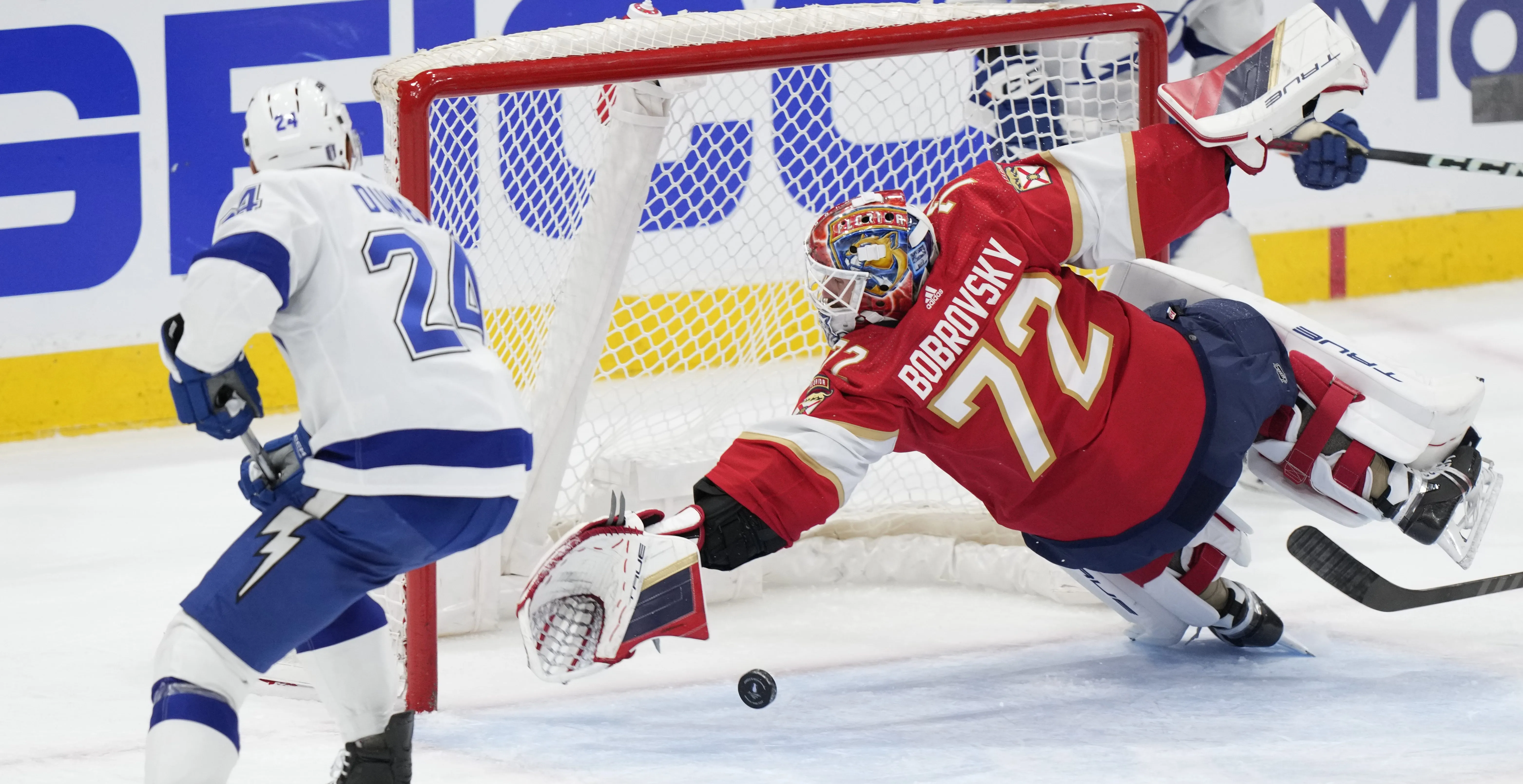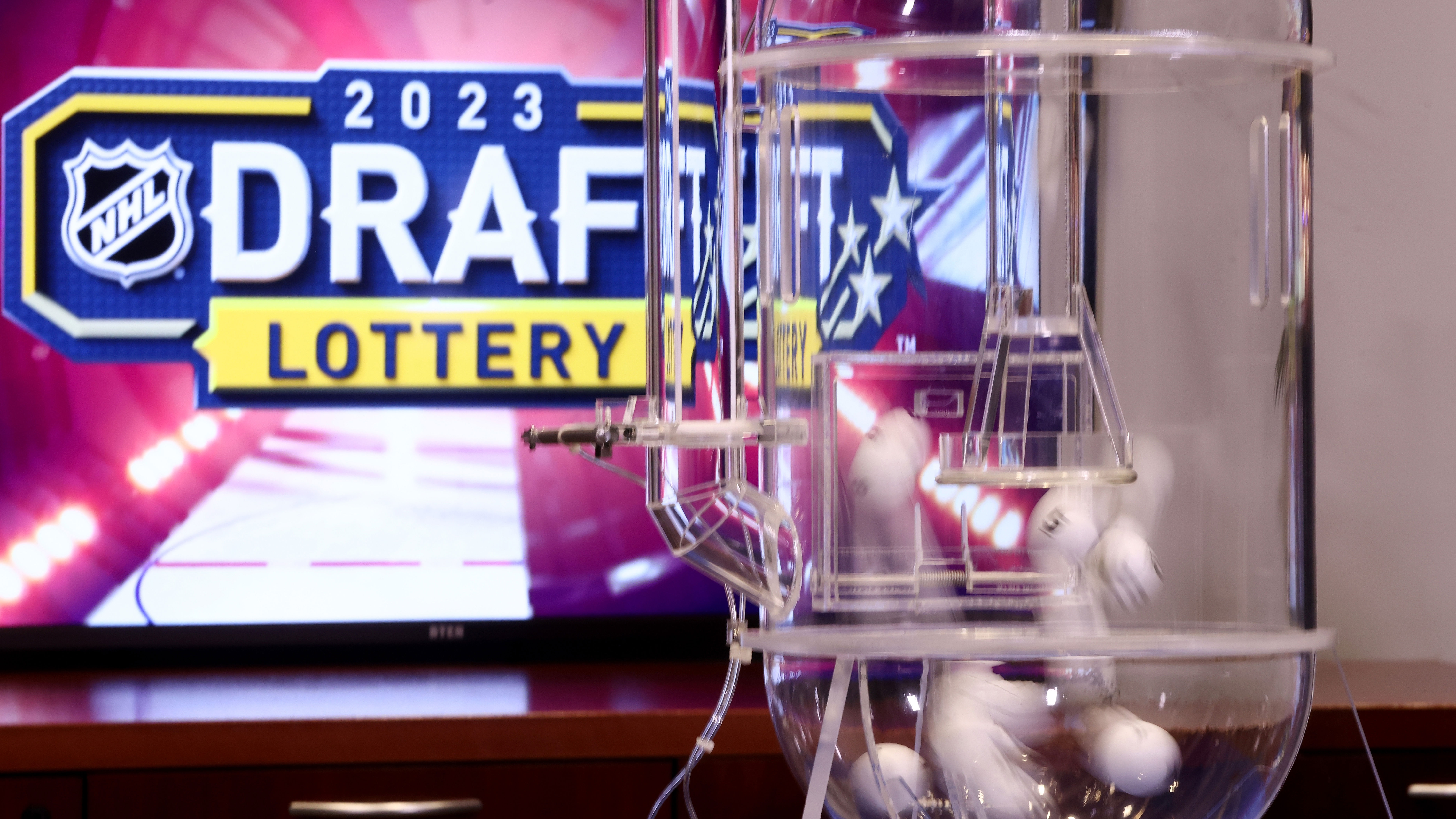
Patrick Sharp got his position-switching indoctrination when he first joined the Blackhawks.
“Going back to when Savy was coaching, he played me at all three positions nightly,” Sharp said of former Blackhawks coach Denis Savard. “So I got used to bouncing around quite a bit.”
The Blackhawks are like any other team: they’d love to play guys at their most comfortable spots at all times. But sometimes you need to be a little creative. Perhaps cap issues have left you with a lack of depth at a position. Maybe your overall game is off and shaking things up may have an effect. Whatever the reasons players have to be ready to switch to their off side – or their comfortable side – depending on needs. Players adjust accordingly.
Stay in the game with the latest updates on your beloved Chicago sports teams! Sign up here for our All Access Daily newsletter.
“The biggest thing is probably taking pucks on different sides and the breakouts. On the off wing you’re more on the backhand and on the strong side you’re getting more pucks on your forehand, so it’s a little easier coming out,” said Nick Schmaltz, who’s back at his familiar center after playing on the wing last season. “But I think it’s a different look coming into the zone as well; when you’re on your off wing you can cut to the middle and it’ll be on your forehand. But everyone on our team’s pretty high skilled player. It’s a quick adjustment, maybe just take one or two shifts to adjust a little bit.”
Alex DeBrincat has played most of his Blackhawks games at right wing but was moved back to the left side for their victory over the Philadelphia Flyers on Wednesday night. DeBrincat played right wing his first season with the Erie Otters but was mainly a left wing his final two years there. He admits the left feels better.
“It’s easier for me entering the zone if I’m on my left side. That’s the biggest change. But that’ll be easier for me and hopefully I can make some more plays,” said DeBrincat, who scored an empty-net goal on Wednesday. “I mean it doesn’t matter that much. But for me, this side’s going to let me get more shots and let me have a quick release. Those are two things I’ve done in the past and I need to find at this level.”
Jan Rutta is on the other side of that equation. The defenseman has played the right side all but a handful of times, but coach Joel Quenneville put Rutta on the left late in the Blackhawks’ loss to Colorado last weekend.
NHL
“It’s just a little weird to be on the left side. The angles are a little bit different,” Rutta said prior to Wednesday’s game. “I wasn’t skating on the left very much but after two practices I felt more comfortable there.”
Different? Sure. But Rutta’s ability to adapt quickly, coupled with Gustav Forsling’s upper-body injury, left Quenneville looking for an option. Quenneville said there were a few adjustments defensemen have to make playing their off sides.
“Sometimes there are some blind spots and you get more familiar coming out of your corner coverage to the net: loose pucks off shots, turning and you have to adapt to seeing the play in front of you,” said Quenneville, who’s been happy with Rutta’s work on the left. “Turning into pucks coming down the ice, you’re familiar going to your left or right. The other way, it’s a different turn. But I think his quickness can help alleviate those type of challenges.”
Players would probably prefer to stay where they’re most comfortable. But if necessary, they’re able to figure it out pretty quickly.
“When you’re playing hockey and making plays, it’s out of your mind,” Sharp said. “Sometimes you gotta remind yourself when you’re lining up for a faceoff, you’re just on autopilot sometimes and go to your natural spot. There are positives and advantages to playing either side. You just have to get the experience doing it.”


